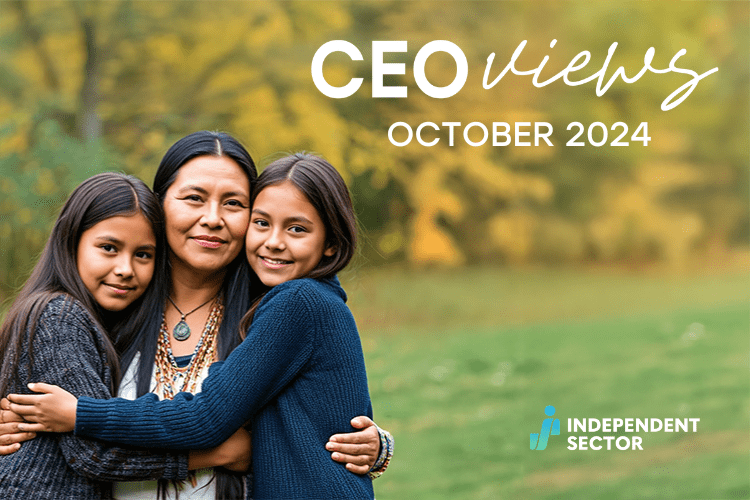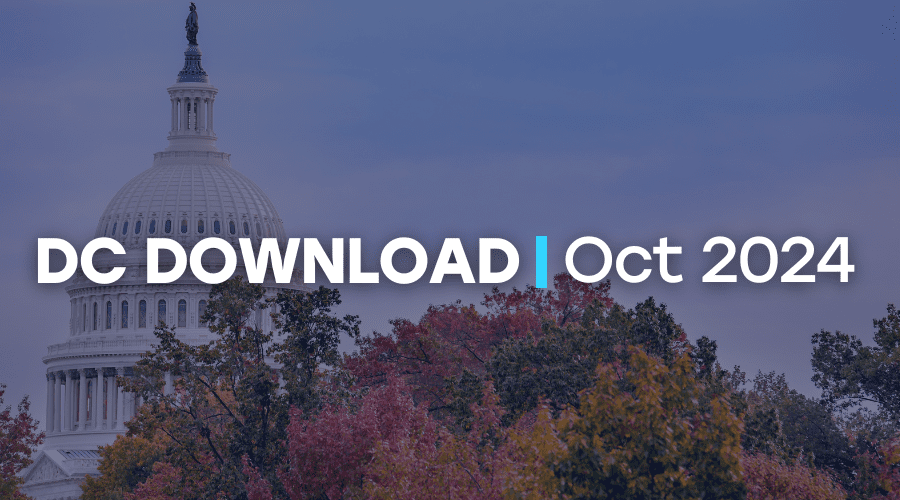Interview by Rose King
In pursuit of partnerships that work and wisdom as to why, ISQ caught up with Antony Chiang, president of the Empire Health Foundation and a new IS board member. His vision is to transform eastern Washington into the state’s healthiest region possible. To do so, Empire Health Foundation focuses on four critical areas: improving health outcomes; strengthening health systems; growing physician supply; and building nonprofit capacity.
Q: What’s your philosophy toward partnerships in general? What makes them effective and how do you measure success?
Partnerships are essential. In one, we radically improved the uninsured rate from 15 percent to fewer than five percent in one year. In another, we reduced childhood obesity by eight percent in just two years. In another example, we increased the pipeline of primary care physicians by 30 percent, on our way to a target of 60 percent.
‘So what made them successful,’ you might ask? First of all, use a single measurable metric as your goal. For example, one of our newest partnerships is focused on reducing the number of kids in foster care by 50 percent in five years. Another is focused on reducing the out-of-school suspension rate by 50 percent in one year.
Second, champions. A key leader within each of the partner organizations whose job it is to think about moving that dial.
Third, early wins. My advice is to figure out a way to get an early win. It provides the energy and momentum to get the partners truly invested – and it makes it real. So many partnerships flounder into what I like to call “meeting purgatory” until leaders stop showing up from meeting fatigue. Even one early concrete win makes all the difference.
Q: Can you share an example or two of a highly effective partnership?
One powerful result that I’ve seen is in our healthy communities and obesity prevention work. In the first rural school district to partner with us, the obesity rate decreased by 8 percent in only two years. That district was the first of now ten school districts that have converted to healthy scratch cooking as an anchor strategy, representing over 4.5 million meals a year for kids. That’s powerful, quantitative impact.
Yet, that doesn’t tell the full story of our collaboration. The school district teamed up with the Parks Department, parents, the mayor, local restaurants, and businesses. Improved trails for walking. Offered new menu choices in small business restaurants. Eliminated sugary beverages and sugar snacks from campuses. All of these changes in the environment and systems wide reflected a greater relationship. The fabric of the community has been woven tighter. The HUD Secretary called this public-private partnership a national exemplar.
Q: What do you hope to learn over the next 12 months about effective partnerships?
We have two partnerships that came extremely close to falling apart in 2015. In each case, there were early wins, for example a 35 percent reduction in out of school suspension. However, when the metric went the wrong direction the second year, it was too easy to blame the other partner for why it wasn’t working. We have “rebooted” both sets of partnerships. And this time my team is committed to the idea that if the partnership fails, it’s our fault, our responsibility, we can’t point the finger. Already it’s making a huge difference.
In 2016, I hope to learn whether partnerships that have experienced failure can actually achieve more from having gone through that tough experience together.
Q: what advice can you offer nonprofits and philanthropic organizations interested in either launching a new partnership or revitalizing an existing one?
In addition to the three components I mentioned earlier, I recommend finding “bright spots.” Maybe 100 other communities or partnerships have tried to move the needle and failed, but there is one that has succeeded. Find it and copy it. All of our successful results have come from copying a bright spot.



